Human history is filled with discoveries that challenge conventional understanding.
OOPArts, or “Out-of-Place Artifacts,” capture attention as objects that defy the known historical timeline.
These artifacts, discovered in ancient ruins or geological layers, are said to be impossible to create with the technology available at the time.
Do these mysterious OOPArts simply represent coincidences, or could they be evidence of advanced civilizations that once existed?
In this article, we will explore the definition of OOPArts, their notable examples, and the urban legends and scientific interpretations surrounding them.
- Definition of OOPArts and notable examples
- Evidence pointing to the possibility of advanced civilizations
- Urban legends and scientific perspectives on OOPArts
- The potential impact of OOPArts on our future
- What Are OOPArts? Their Definition and Examples
- The Possibility of Advanced Civilizations Indicated by OOPArts
- Urban Legends and Scientific Interpretations Surrounding OOPArts
- Hints from OOPArt Research for the Future
- Summary
What Are OOPArts? Their Definition and Examples
OOPArts, short for “Out-of-Place Artifacts,” refers to objects that appear to be out of place in their historical or archaeological context.
These artifacts exhibit characteristics or technologies that seem too advanced for the time period in which they were supposedly created.
Famous examples of OOPArts include the “Antikythera Mechanism” from ancient Greece, the “Nazca Lines” in Peru, and the “Baghdad Battery.”
Their existence challenges the established norms of science and history, making them a fascinating subject for urban legends.
Each discovery of OOPArts continues to astonish researchers.
One of the most intriguing questions is how ancient civilizations could have possessed the advanced technology or knowledge needed to create them.
Such enigmatic artifacts offer us a fresh perspective on ancient civilizations.
Let’s delve deeper into these fascinating examples of OOPArts.
The Antikythera Mechanism
The Antikythera Mechanism is an intricate gear-based device believed to have been created in ancient Greece.
Discovered in 1901 near the island of Antikythera in the Aegean Sea, subsequent analysis revealed its astonishing functionality.
The mechanism could have been used for astronomical calculations and predicting solar and lunar eclipses.
Its precision has been compared to 19th-century technological standards.
The Pinnacle of Ancient Greek Science
The Antikythera Mechanism demonstrates the extraordinary scientific achievements of ancient Greece.
The device contained numerous gears, enabling it to accurately replicate astronomical movements.
Modern researchers have attempted to replicate its functions, illustrating its compelling complexity.
This discovery invites us to reconsider the origins of science and technology in history.

The Nazca Lines
The massive geoglyphs spread across Peru’s Nazca Plain are also considered OOPArts.
These figures are only fully visible from the sky, making it impossible to comprehend their entirety from the ground.
The shapes and animals depicted are highly geometric and demonstrate a level of precision unexplainable by the technological capabilities of their time.
The purpose of these geoglyphs remains an unsolved mystery.
Designs Intended for Aerial Observation
The Nazca Lines appear to have been designed for observation from above, suggesting advanced astronomical knowledge and sophisticated planning by their creators.
At the same time, theories involving extraterrestrial influence remain popular in urban legend circles.
Do you see these as mere coincidences or as evidence of an advanced civilization?
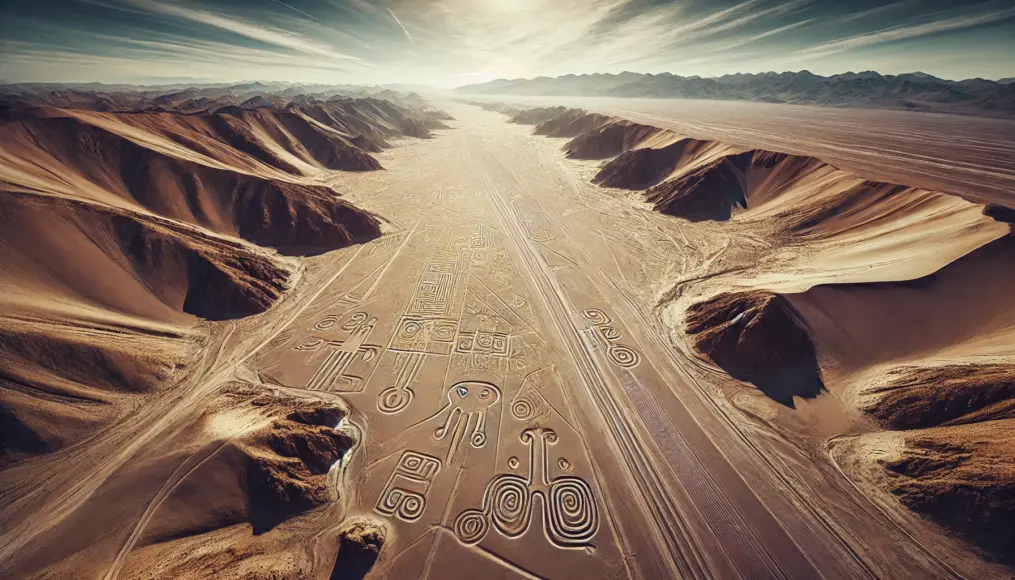
The Baghdad Battery
The Baghdad Battery is an enigmatic artifact discovered in ancient Mesopotamia.
This ceramic vessel contains copper and iron and could generate electricity when filled with an acidic liquid.
If it truly functioned as a battery, it would push back the history of electricity by thousands of years.
Its exact purpose remains unknown, adding to its mystique.
Ancient Secrets of Electricity
The discovery of the Baghdad Battery suggests that ancient people may have been aware of electricity.
Its implications are profound and have sparked numerous debates in the scientific community.
Possible uses include religious rituals or gold electroplating.
How far did ancient civilizations take their knowledge of electricity?

The Possibility of Advanced Civilizations Indicated by OOPArts
The existence of OOPArts has sparked extensive debates among experts and researchers.
One of the key discussions revolves around the idea that these artifacts may hint at the existence of advanced civilizations.
Many OOPArts exhibit technology or designs that are difficult to explain as mere coincidences.
These artifacts continue to captivate researchers with their unresolved mysteries and technical intricacies.
The Antikythera Mechanism’s Indication of Astronomical Advances
Discovered on the island of Antikythera, this ancient Greek mechanism has been nicknamed the “ancient computer” due to its precision.
It was designed to accurately predict astronomical phenomena.
The intricate gears and mechanical components far exceed the technological capabilities of its time, suggesting that ancient civilizations possessed scientific knowledge comparable to modern standards.
The impact of this discovery on the history of science is immeasurable.
The Precision of the Antikythera Mechanism’s Structure
The components of this mechanism are crafted with a precision comparable to modern clockmaking techniques.
The placement of the gears and the calculated structure seem to surpass the knowledge available at that time.
Modern scientists have spent significant time analyzing its manufacturing process and design intentions.
The underlying purpose of its creation remains a significant enigma.
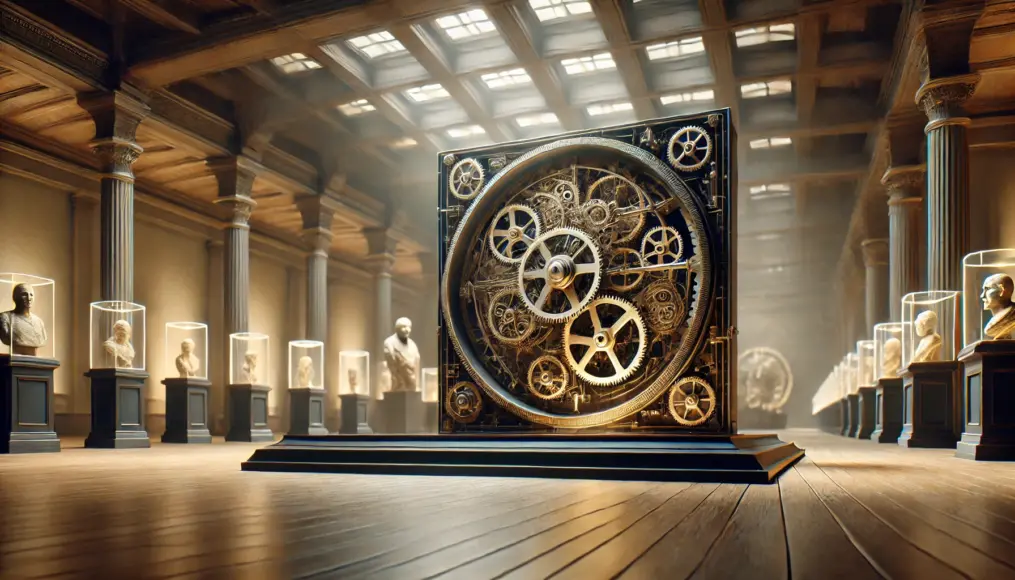
Possible Applications in Astronomy
The mechanism is believed to calculate the movements of the moon and planets and predict eclipses.
Thus, it was likely used not just as a mechanical device but as a tool for astronomical research.
The existence of such technology in ancient times challenges conventional historical understanding.
It might have been used in fields beyond astronomy, opening doors to further speculations.

The Nasca Lines and Their Implications of Unknown Technology
The Nasca Lines in Peru, visible only from above due to their massive scale, raise questions about ancient civilizations’ potential knowledge of aerial technology or advanced surveying techniques.
The purpose and construction methods of these geoglyphs remain shrouded in mystery, fueling theories about ancient peoples utilizing unknown technologies.
At the same time, some studies suggest a connection to nature worship or religious ceremonies.
The Immensity and Precision of the Geoglyphs
The Nasca Lines span hundreds of meters, with precise shapes that cannot be easily replicated.
How these were created remains a significant puzzle.
The ability to achieve such accuracy without modern tools raises profound questions.
The exact methods and tools used to construct these geoglyphs continue to challenge archaeologists and historians.

Mysteries Surrounding Purpose and Construction
Speculations about the geoglyphs’ purpose range from religious rituals to messages for extraterrestrials.
The resources and planning required to create these lines far exceed what ancient societies were believed to be capable of.
Despite modern research efforts, much about their creation and purpose remains unsolved.
The possibility that these geoglyphs represent ancient wisdom adds a fascinating layer to their allure.

The Baghdad Battery’s Evidence of Early Electricity Use
The Baghdad Battery, discovered in Iraq, is an artifact suggesting that ancient civilizations might have utilized electricity.
This device, made of a ceramic jar, an iron rod, and a copper cylinder, can produce electricity when filled with an acidic liquid.
Some theories propose that it was used for electroplating or even medical purposes, though its true purpose remains unknown.
The possibility of it being a pinnacle of ancient science continues to intrigue researchers.
Generation and Application of Electricity
While the ability of the Baghdad Battery to generate electricity is still debated, the process for creating current has been confirmed.
This discovery hints that ancient civilizations might have understood the basic principles of electricity.
How such knowledge spread and was applied raises questions about a potential lost history of science.
Unveiling the knowledge behind this artifact could reshape our understanding of ancient technological capabilities.

Hypotheses on Scientific Applications
Some researchers suggest that the battery might have been used for metal plating or medical purposes.
If true, it would indicate that ancient civilizations had foundational knowledge of modern scientific principles.
This hypothesis, if proven, could add new dimensions to our understanding of the origins of modern technology.
The technological depth demonstrated by the Baghdad Battery offers valuable insights into both ancient and modern science.

Urban Legends and Scientific Interpretations Surrounding OOPArts
OOPArts have given rise to numerous urban legends.
Since their discovery, they have been interpreted not only as evidence of advanced technologies of ancient civilizations but also as artifacts suggesting the existence of time travelers.
Some researchers and urban legend enthusiasts argue that these artifacts point out contradictions in history and could be products of technologies brought from the future.
If this were true, it would fundamentally overturn our understanding of human history.
The Supernatural Phenomena Hypothesis Around OOPArts
Some urban legends propose that OOPArts are not merely physical artifacts but traces of supernatural phenomena.
This theory suggests that OOPArts exist as a result of interference from parallel worlds or other dimensions.
For instance, the Nazca Lines are sometimes theorized to have been created as airstrips by extraterrestrials.
While these ideas stimulate the imagination, they currently lack sufficient scientific evidence, leaving belief in them up to individuals.
The Connection Between the Nazca Lines and Aliens
The Nazca Lines are among the most famous examples of OOPArts.
Some people believe that these massive geoglyphs were created by ancient aliens.
They interpret the lines as navigation maps or landing sites for spacecraft.
If this theory holds true, it raises the unprecedented possibility of contact with extraterrestrial life.

The Importance of Scientific Interpretation
Scientists aim to demystify OOPArts and uncover their true nature.
For example, OOPArts like the Baghdad Battery are hypothesized to have been used as religious tools or decorative artifacts.
Such interpretations are crucial for evaluating the past without overestimating it from a modern perspective.
Even as scientific interpretation progresses, the allure of urban legends remains intact.
Scientific Investigation of the Baghdad Battery
The Baghdad Battery is one of the few OOPArts that can be tested experimentally.
Scientists have demonstrated that this device can indeed generate an electric current.
However, its purpose remains a topic of debate.
It could have been used in rituals or might represent a glimpse of ancient scientific techniques.
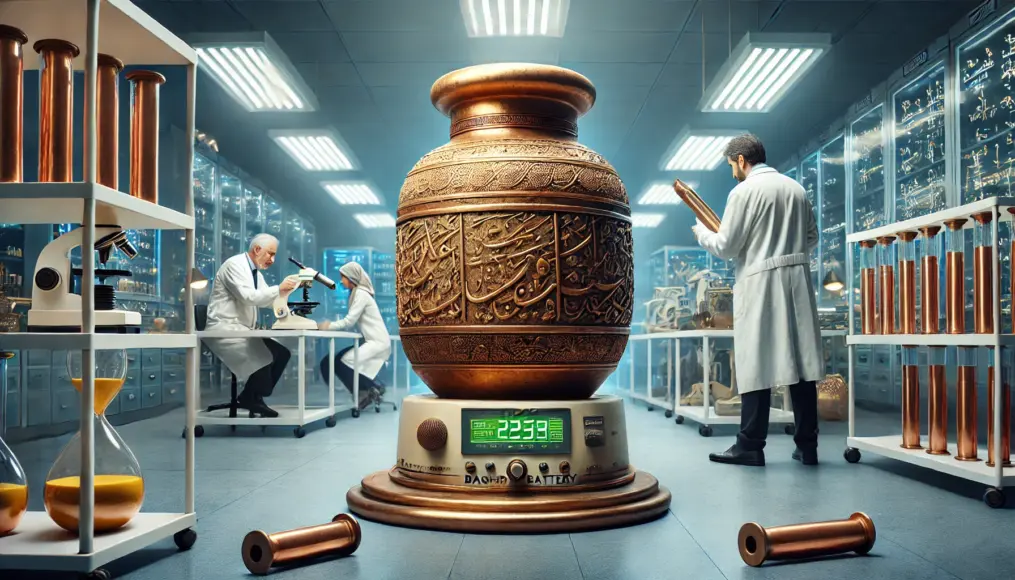
OOPArts That Inspire Imagination
Urban legends and scientific interpretations surrounding OOPArts continue to capture the imagination of many.
They challenge us to think about how much we know—and how much we don’t—about the past.
Whether these artifacts are merely relics of ancient times or evidence of advanced civilizations remains an ongoing debate.
The Meaning of Ancient Unknown Technologies for Modern Times
The significance of ancient OOPArts extends beyond historical curiosity.
These artifacts suggest the possibility that even with modern advancements, there may exist phenomena that surpass our imagination.
They prompt us to consider how we interpret the past and envision future possibilities.
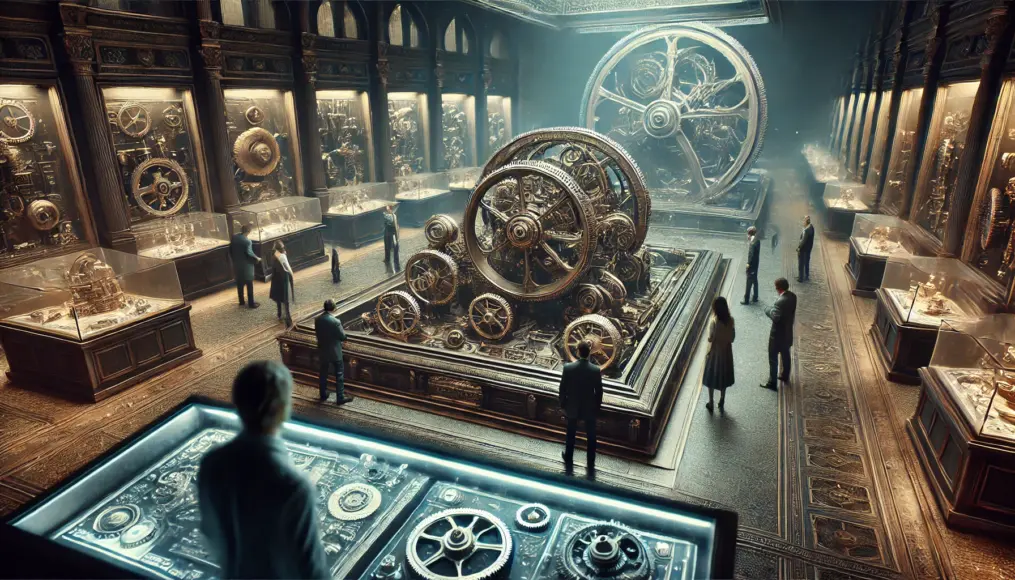
Hints from OOPArt Research for the Future
The study of OOPArts provides crucial insights as we look to the future.
These mysterious artifacts suggest that past civilizations may have possessed knowledge surpassing our current science and technology.
If this is true, we must reconsider our vision of the future.
Rather than viewing OOPArts as mere curiosities, they should be considered bridges to the future, encouraging new perspectives.
Expanding Modern Technological Possibilities
Attempts to interpret the traces of technology found in OOPArts using modern science serve as a catalyst for exploring new directions in technological innovation.
For instance, analyzing the Baghdad Battery and its influence on the origins and evolution of energy use is vital for understanding renewable energy’s future.
Additionally, understanding how structures like the Nazca Lines were created could contribute to advancements in large-scale architectural techniques.
The impact of these studies on modern society may be greater than we imagine.
The Potential of Energy Technology Shown by the Baghdad Battery
The hypothesis that the Baghdad Battery generated electricity provides inspiration and amazement for energy technology.
Applying ancient energy generation methods could lead to the development of new clean energy solutions.
This is especially important as we search for solutions to modern energy resource issues.
Such efforts to apply past knowledge to contemporary contexts could accelerate technological advancements even further.
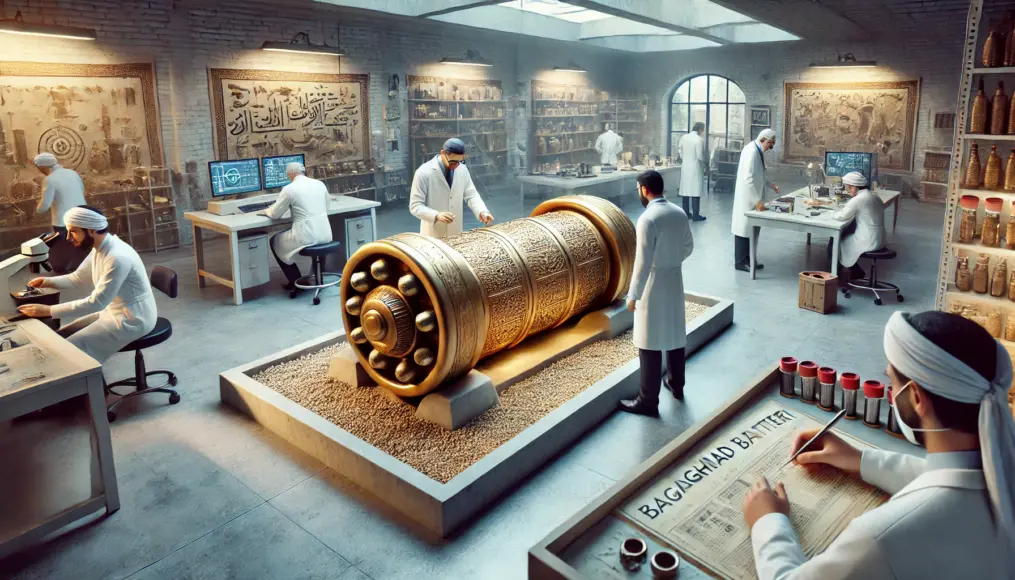
Architectural Techniques Taught by the Nazca Lines
The architectural techniques demonstrated by the Nazca Lines may prove beneficial for global urban planning and environmental design evolution.
These massive designs could represent more than religious rituals, possibly reflecting advanced knowledge and techniques.
If true, such insights could add a new dimension to contemporary infrastructure design.
This could lead to advancements in construction techniques that harmonize with the natural environment.
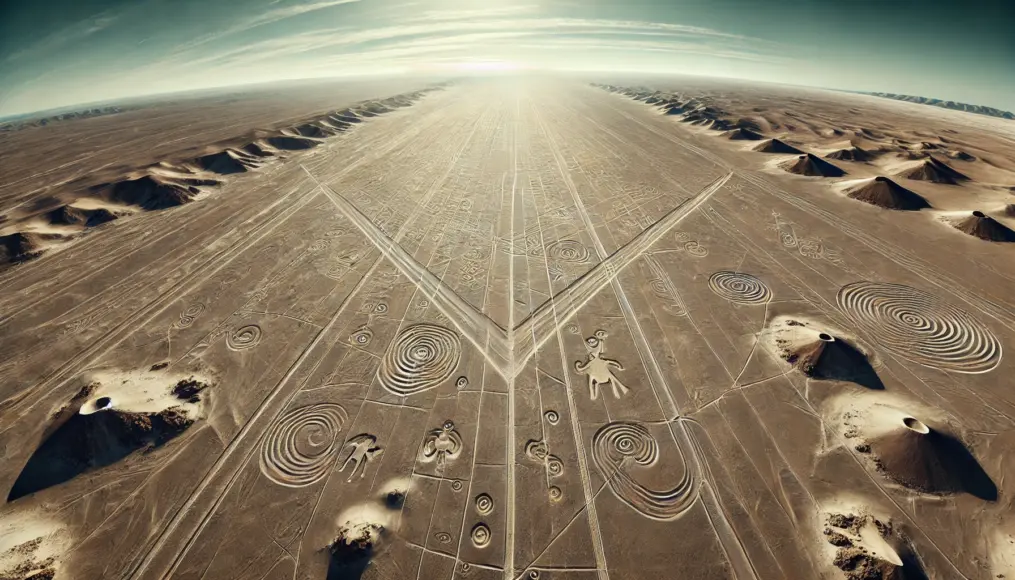
Fusion of Modern Science and OOPArts
Efforts to integrate the technology and knowledge suggested by OOPArts with modern science are also underway.
Interpreting traces left by ancient civilizations through the lens of AI technology or quantum physics may advance the application of previously unexplored techniques.
This endeavor holds the potential to accelerate future technological innovation by utilizing past wisdom.
This new approach, connecting the past and the future, will offer surprises and opportunities.
Analysis of Ancient Artifacts Using AI Technology
Using AI technology allows hidden patterns or messages in ancient artifacts to be deciphered.
This could lead to a deeper understanding of the true intentions embedded within OOPArts.
Adding the perspective of AI to the study of ancient technology and culture could reveal entirely new discoveries.
Such integration with cutting-edge technology may lead to breakthroughs in unraveling these mysteries.

New Possibilities Highlighted by Quantum Physics
Interpreting OOPArts through the lens of quantum physics may shed light on previously incomprehensible phenomena.
When considering connections to future technology, the perspective of quantum physics becomes indispensable.
For example, if the Antikythera Mechanism’s intricate design enabled quantum-level operations, its potential could be limitless.
Research from this angle may become a vital key to shaping the science and technology of the future.

Summary
OOPArts present us with the enigma of intersecting ancient and modern technologies.
Whether these artifacts are mere coincidences or evidence of advanced civilizations remains unresolved.
However, their existence hints at secrets buried deep within the layers of history.
This theme, where science and urban legends converge, inspires us to explore the unknown.
How do you perceive these OOPArts? Feel free to share your thoughts in the comments!

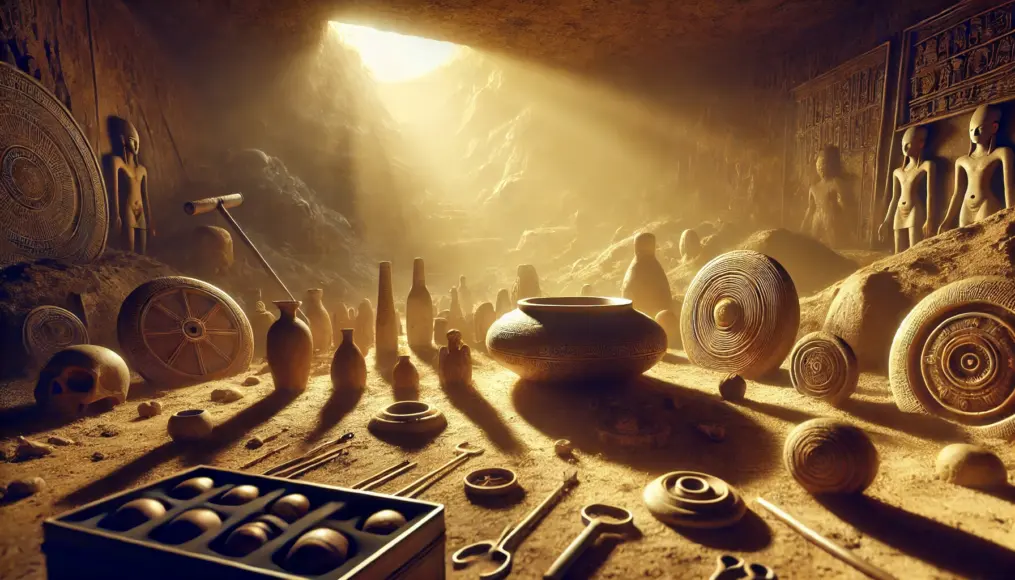


Comment